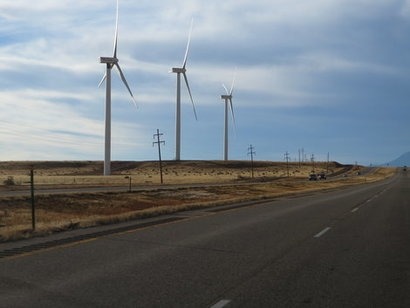
The campaign will be launched from campaign offices in 19 states and the District of Columbia. From there, canvassers will distribute literature to more than 1.3 million households, showing that the country has both the tools and the imperative to transition entirely off dirty fuels to clean sources such as wind and solar.
“To have healthier and more economically vibrant communities right now, and a liveable future for our kids, we need to transform the way we produce and consume energy” said Rob Sargent, Energy Programme director at Environment America Research & Policy Centre. “The good news we’re spreading is that 100 percent renewable is 100 percent possible.”
In Paris in December 2015, the nations of the world made a historic commitment to protect the climate, pledging efforts “to limit [global] temperature increase to 1.5° C above pre-industrial levels.” Scientists believe fulfilling that goal will require switching entirely to clean sources by mid-century. According to the National Renewable Energy Laboratory, the United States has the technical potential to meet its current electricity needs more than 100 times over with solar energy and more than 10 times over with wind energy.
A recent Environment America Research & Policy Centre review of seven detailed studies on clean energy systems conducted to date -- by academics, government agencies and non-profit organisations – suggests there are no insurmountable technological or economic barriers to tapping the country’s vast potential to achieve 100 percent renewable energy.
Economists predict that the US can build an entirely clean, renewable energy system at costs comparable to or less than what the country would have to spend to continue its reliance on dirty energy. Americans support clean energy sources such as wind, and solar by wide margins and across partisan divides. At the same time, renewable energy development has far outpaced that of conventional dirty fuels for more than a year and a half.
“Renewable energy has strong public support, and it’s nearing a tipping point in our economy,” added Sargent. “And every day, the imperative of addressing our environmental challenges becomes clearer.”
For additional information:

